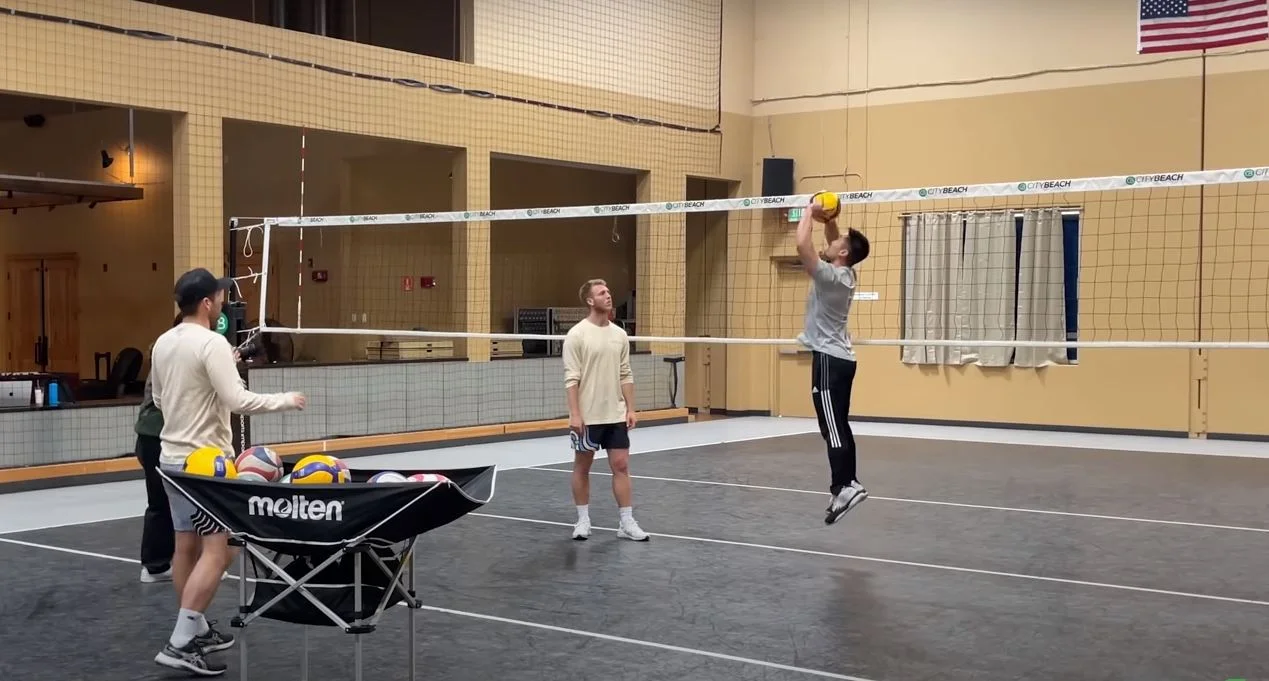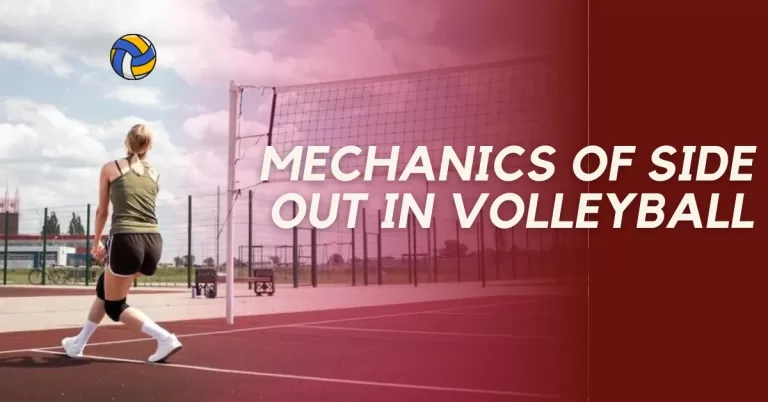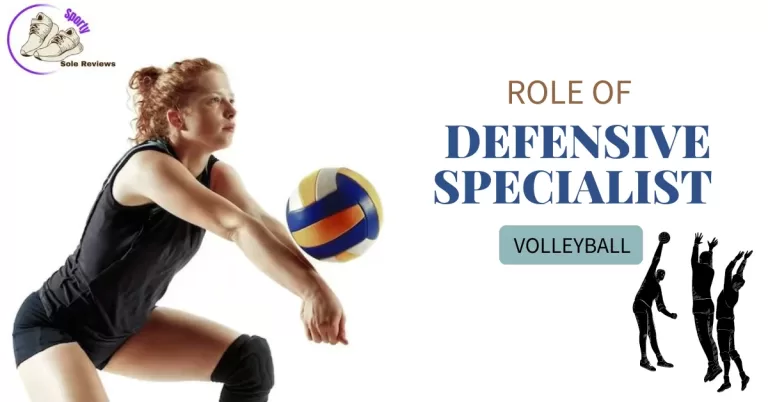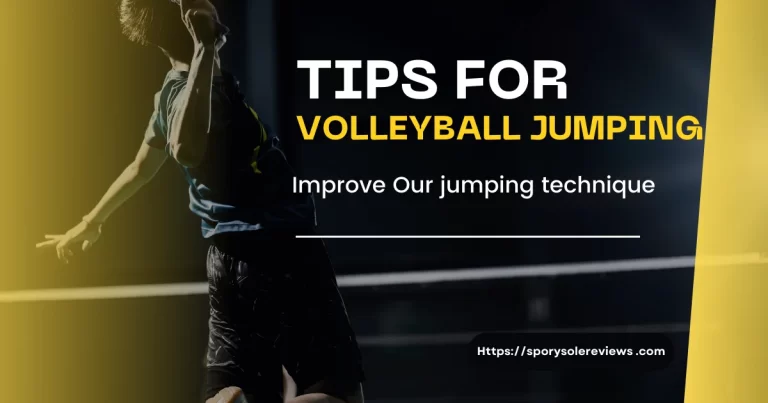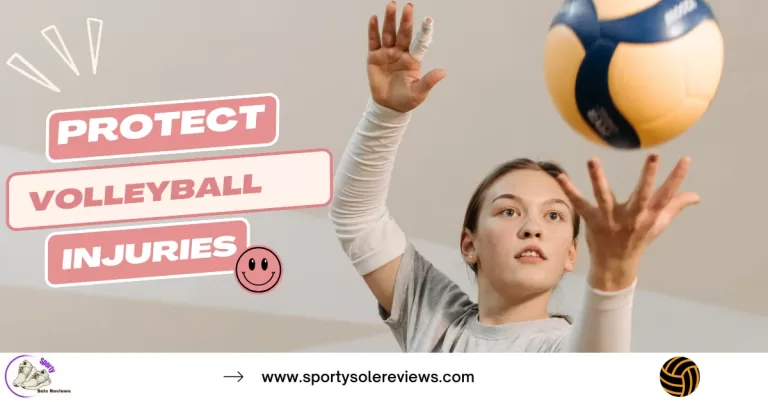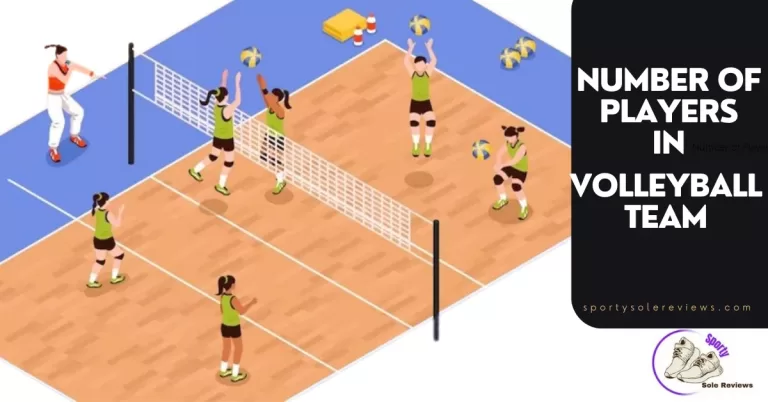the Setter’s Role in Volleyball: Offense, Strategy, and Skills
In the world of volleyball, I am a specific volleyball player who performs as a setter. The setter assumes a pivotal role, acting as the orchestrator of the team’s offense. This player holds the key to unlocking the opponent’s defense and setting the stage for powerful attacks. Understanding the setter’s responsibilities and skills is essential to comprehending the intricate dynamics of the game.
Setter’s Role in Volleyball
| Aspect | Description |
|---|---|
| Position | The setter is typically positioned near the net in the front row. They are responsible for setting up the team’s attackers. |
| Setting | The primary role of the setter is to deliver accurate and well-timed sets to the hitters (spikers) for them to attack the ball. |
| Decision-making | Setters need to make quick decisions based on the game situation. They decide which hitter to set, the type of set (quick, high ball, back set), and the timing of the set. |
| Communication | Setters communicate with their teammates to coordinate plays and inform them of their intentions. Clear communication is crucial for effective gameplay. |
| Ball Handling | Setters have excellent ball-handling skills, including precise finger placement and soft touches, to deliver accurate sets to the hitters. |
| Blocking | While setters are not the primary blockers, they should be capable of front-row blocking when required, especially against opposing setters or in emergency situations. |
The Setter’s Technical Skills in Volleyball
The setter assumes a role that demands not just athleticism but a profound mastery of technical skills. I explore, with my experience, the setter’s role in volleyball by dissecting their essential technical skills:
Hand Placement and Technique: Setting Fundamentals
Setting begins with the delicate art of hand placement. A setter’s Hand Placement and Technique involve the precise formation of the hands, creating a platform for the ball to kiss. The fingertips should form a gentle cradle, allowing for control and accuracy. It’s a ballet of finesse, where the setter’s hands become a canvas for crafting perfect sets.
Finger Action and Wrist Movement
Within this ballet, Finger Action and Wrist Movement emerge as the virtuoso’s signature. Fingers should be soft yet assertive, imparting spin and direction to the ball. The wrist, akin to a conductor’s baton, guides the ball’s trajectory. Such finesse is akin to a musician coaxing melodies from an instrument.
Achieving Consistency
Consistency is the holy grail for setters. It’s the relentless pursuit of perfection in every set. Achieving Consistency requires unwavering dedication to honing technique and precise timing. A consistent setter is the cornerstone of a formidable offense, offering reliability in the face of adversity.
Footwork and Positioning: The Setter’s Dance
A setter’s feet are their rhythm section. Footwork and Positioning in volleyball resemble a dance, where every step matters. From the ready stance to intricate movement patterns, setters must be agile and swift. Understanding when to transition between net and back-row settings adds layers to this intricate dance.
Ready Stance and Movement Patterns
The setter’s Ready Stance is their foundation, akin to a sprinter poised in the blocks. From here, they embark on elaborate Movement Patterns, covering the court like a painter’s brush on a canvas. Whether it’s a quick dash to the net or a graceful retreat for a back-row set, precision in movement defines a setter’s prowess.
Net vs. Back Row Setting
Net and back-row setting are like different strokes in a painter’s palette. Net Setting demands proximity to the action, where setters engage with the hitters in the front row. Back Row Setting, on the other hand, requires a keen understanding of court positioning and timing to deliver precise sets from a deeper vantage point.
Serving Skills: The Setter as a Dual Threat
A setter’s contributions aren’t confined to setting alone. They can also be a potent Dual Threat with their serving skills. From thunderous Jump Serves that rattle opponents to subtle and deceptive Float Serves, setters add an extra layer of complexity to their game.
Serving Strategies for Setters
Serving isn’t just about power; it’s about strategy. Effective Serving Strategies for Setters involve pinpointing weaknesses in the opponent’s reception, choosing the right serve at the right moment, and capitalizing on opportunities to disrupt the opposing team’s rhythm.
Strategies and Tactics in Volleyball
In the intricate world of volleyball, The Setter’s Role in Volleyball extends far beyond simply delivering the perfect set. It’s a strategic art form, requiring an in-depth understanding of various tactics to maximize team performance. Let’s dive into the strategies and tactics that define a setter’s prowess:
Setting Strategies: Maximizing Offensive Efficiency
At the heart of a setter’s role in volleyballlies the ability to craft Setting Strategies that elevate offensive efficiency. This involves analyzing the opponent’s defense, exploiting gaps, and orchestrating plays that put hitters in prime scoring positions. The setter’s decisions can dictate the outcome of a rally.
Setter-Setter Connection
In the realm of advanced tactics, the Setter-Setter Connection is a well-orchestrated dance. It involves seamless coordination between the primary and backup setters, allowing for unexpected shifts in strategy and keeping the opposing team on their toes.
Setting to the Hot Hitter
Every team has a “hot hitter,” a player who consistently delivers powerful spikes. A setter’s ability to recognize and exploit this strength by Setting to the Hot Hitter can be a game-changer. It requires split-second decision-making to capitalize on opportunities.
Deceptive Plays: Fooling the Opponent
Volleyball is not just about power; it’s about finesse. Deceptive plays involve tricks and maneuvers that Fool the Opponent. This can include Dump Shots, where the setter pretends to set but deftly tips the ball over the net, catching the defense off-guard. Quick Attacks are another tactic, involving rapid sets to a hitter who’s barely left the ground.
Misdirection and Fake Sets
Misdirection is a subtle but potent weapon. Through clever Misdirection and Fake Sets, setters can make the defense anticipate one play while executing another. It’s like a magician’s sleight of hand, keeping the opponent guessing.
Defensive Awareness: Blocking and Digging
Setters aren’t just offensive maestros; they play a crucial role in defense as well. Defensive Awareness means knowing when to set up a solid block at the net. A well-timed block can deflect powerful spikes and stifle the opponent’s attack. Additionally, setters must be ready to participate in Digging, or saving the ball from hitting the floor after an opponent’s attack.
Setting Up the Block
“Setting up the block” is a strategic move where the setter positions themselves in a way that maximizes the effectiveness of the team’s blockers. This involves a keen understanding of the opponent’s hitters and their tendencies, allowing the setter to place themselves where they can most effectively assist the blockers.
Covering Holes in Defense
In the heat of a rally, even the most robust defense can develop cracks. A skilled setter must be vigilant in Covering Holes in Defense, filling gaps in the backcourt to ensure that no ball drops uncontested. It’s a testament to a setter’s all-around awareness on the court.
Setter’s Role in volleyball for Different Formations
The Setter’s role in volleyball takes on various dimensions, depending on the team’s chosen formation.
Setter’s Responsibilities in a 5-1 Formation
In a 5-1 formation, the Setter is a constant presence on the court. They set, block, and occasionally attack from the back row. As the sole Setter, they hold the reins of the team’s offence, orchestrating plays and delivering precise sets to the hitters.
Managing a 6-2 Formation: Setter as a Hitter
In a 6-2 formation, there are two Setters who also take on the role of hitters. When in the front row, they become offensive threats, requiring the opposing team to defend against their attacks. As they rotate to the back row, another Setter takes their place, ensuring a continuous cycle of setting and hitting.
Dual Setter Systems: 6-2 vs. 6-3 Formation
In both the 6-2 and 6-3 formations, having two Setters on the court at the same time provides strategic advantages. The 6-2 employs two setters who rotate in and out of the back row, while the 6-3 employs three front-row setters who rotate in a similar manner. Setter and Middle Blocker Connection in 4-2 Formation In a 4-2 formation, the Setter works closely with the Middle Blocker to execute quick and efficient attacks. With only two front-row hitters, the Setter’s connection with the Middle Blocker becomes crucial in maintaining offensive prowess.
Conclusion
As the orchestrator of the team’s offence, the Setter holds the power to shape the game and create scoring opportunities for their teammates. With precise hand positioning, tactical decision-making, and deceptive techniques, they elevate the level of play and keep the opposing defence guessing. Moreover, the Setter’s adaptability to different formations and ability to forge strong connections with fellow players make them an invaluable asset to any team. From the 5-1 to the 6-2 and 6-3 formations, the Setter’s presence and skills remain central to the team’s success. Their impact extends beyond the technical aspects, as their leadership and composure contribute to team morale and dynamics.
What is the Setter’s role in volleyball?
The Setter’s role in volleyball is to act as the playmaker and offensive strategist for their team. They receive the first ball and set it up for the attackers, creating scoring opportunities and dictating the tempo of the game.
How does a Setter differ in various team formations?
The Setter’s responsibilities vary depending on the team’s formation. In a 5-1 formation, the Setter is the sole playmaker on the court, while in a 6-2 formation, two Setters also take on the role of hitters. In a 4-2 formation, the Setter works closely with the Middle Blocker, and in a 6-3 formation, three front-row Setters rotate strategically.
What are some essential Setter techniques and skills?
A skilled Setter must possess precise hand positioning, the ability to distinguish between spin and float serves, and the skill to make quick decisions on setting quick or high balls. Understanding tempo and timing in sets and utilising fakes and deceptive techniques are also crucial elements of a Setter’s skill set.
How does the Setter contribute to team morale and dynamics?
Beyond their technical abilities, the Setter’s leadership, communication, and composure play a vital role in influencing team morale and dynamics. Their ability to inspire confidence, encourage teammates, and maintain a positive atmosphere on the court is essential for a cohesive and successful team.
How does the Setter-Libero duo work together?
The Setter and Libero often form a symbiotic relationship on the court. The Setter relies on the Libero’s defensive skills and precise passing to set up plays effectively and maintain ball control. Their coordination in both defence and serve-receive is crucial for a well-functioning team system.

